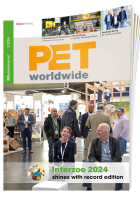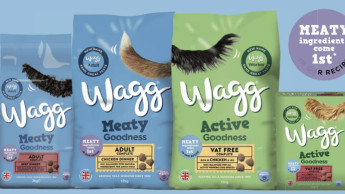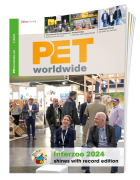A greater variety of ingredients is found in pet food formulations than ever before, driven by consistent trends. While some temporary fads in the pet food industry of the past few years have died, other trends have continued to develop. One of these trends is humanisation. Pet parent is a widely accepted alternative description for a pet owner. Some dogs no longer get groomed; instead they receive a spa experience. As a result of humanisation, trends in the human food industry tend to flow into the pet food industry.
Desire for clean label
A well-established trend is the desire for clean label. Many human and pet food companies are working to minimise the number of additives listed on their labels and to make declarations understandable for consumers. Clean also refers to the impact on the environment as sustainability concerns grow.
The trend for superfoods has also continued, with consumers looking more for novel ingredients with added value and benefit for the health of their animals.Five years ago, the horsemeat scandal directed the focus onto food traceability in the human food chain and this resonated through to the pet food industry. In early September 2018, the national news reported findings from the Food Standards Agency: over 20 per cent of meat samples taken from businesses including restaurants and retailers were partly or entirely made up of unspecified meat, which may give yet another boost to traceability requirements.
Challenges
The use of novel ingredients brings novel challenges. For example, the availability of natural products varies as their volumes fluctuate with the seasons. In contrast to more conventional feed additives, traders of natural products are more likely to vary the origin of their materials in order to ensure continuous supply. This can cause an administrative burden for unsuspecting companies trying to approve new natural ingredients for use in their formulations.
More and more novel ingredients and concepts are being introduced with insect protein entering the market and the use of superfoods and plant-based proteins becoming well-established. Despite the excitement, each material needs to be assessed for legal and nutritional use to ensure safe, high-quality products with appropriate labelling declarations. Prior to the manufacturing process, handling characteristics need to be assessed such as hygroscopicity, flowability and electrostatic charge.
Changing consumer demands place unprecedented requirements on the industry…

 Menü
Menü








 2/2019
2/2019












 Newsletter
Newsletter